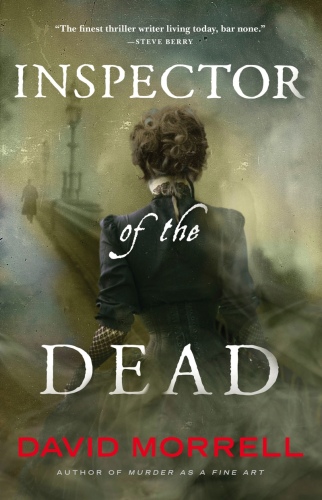Wealthy Mayfair and Belgravia
David Morrell’s Inspector of the Dead is set on the harrowing, fogbound streets of 1855 London. A gripping Victorian mystery/thriller, its vivid historical details come from years of research. Here is one of the photo essays that David prepared about the novel’s fascinating locations.
“Belgravia sounds like a mythical kingdom in an operetta, but in fact, the name derives from the aristocratic Belgrave family, who developed the area.”

Much of David Morrell’s Inspector of the Dead takes place in London’s wealthy Mayfair district. Ironically, in the 1600s, it was a disreputable field where drunken May Day (or May Fair) celebrations were held. By the 1700s, as London expanded westward, Mayfair became a fashionable area, its impressive residences acquiring a uniform look because of the Portland stone that was used to construct them.
This is Half Moon Street, off a major street known as Piccadilly. In the novel, several shocking murders occur in one of these magnificent buildings.
By the 1820s, an even wealthier area became fashionable. Located southwest of Buckingham Palace, Belgravia sounds like a mythical kingdom in an operetta, but in fact, the name derives from the aristocratic Belgrave family, who developed the area. Its adjacent white-stuccoed houses rivaled those of Mayfair, with the added luxury that the streets were wider. Many of the buildings now function as embassies.
This is the Chester Square section of Belgravia. The shaded area contains a garden. Commissioner Mayne, co-founder of London’s Metropolitan Police, lived here. In Inspector of the Dead, he fights for his life in one of these splendid buildings.

